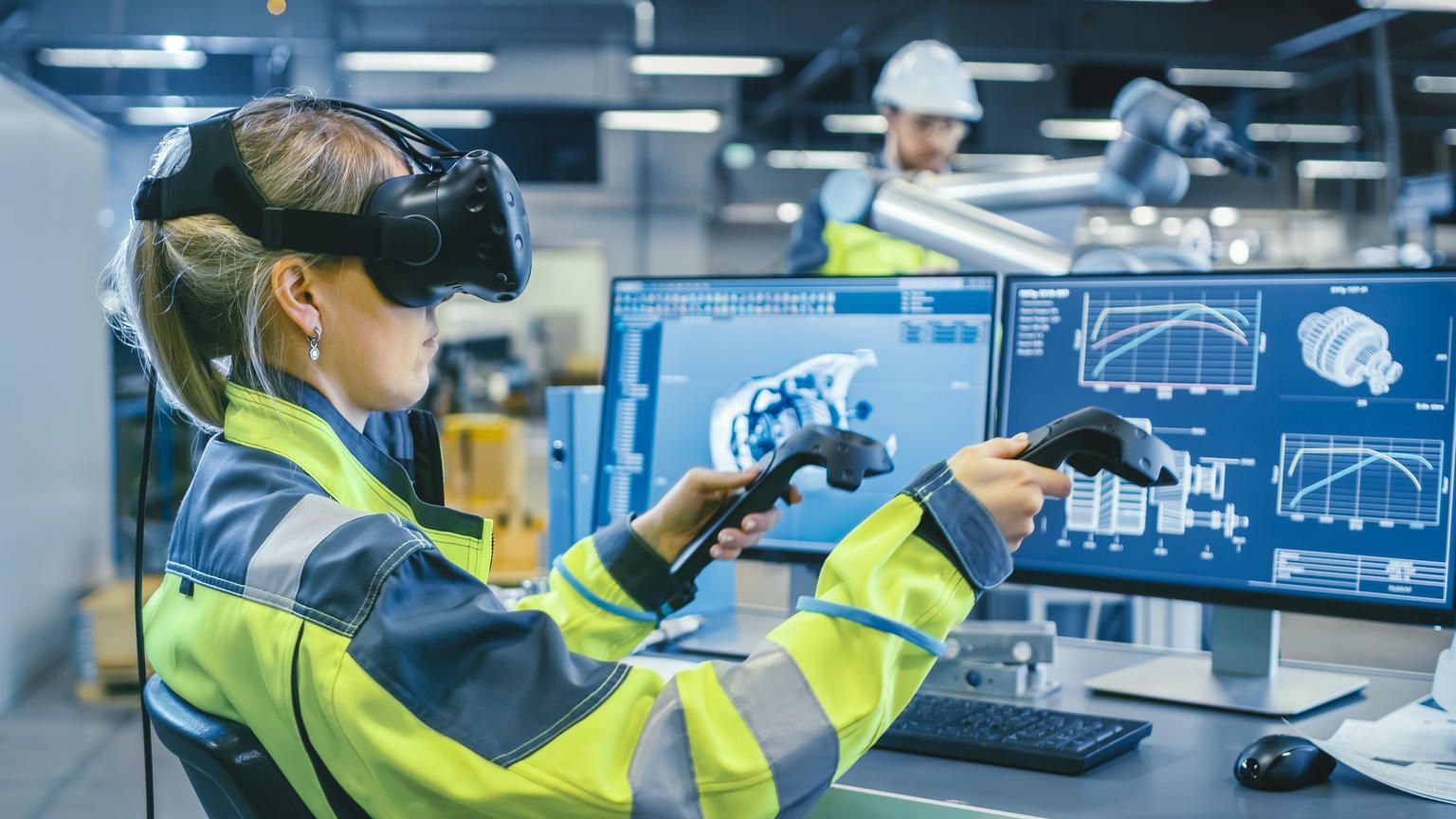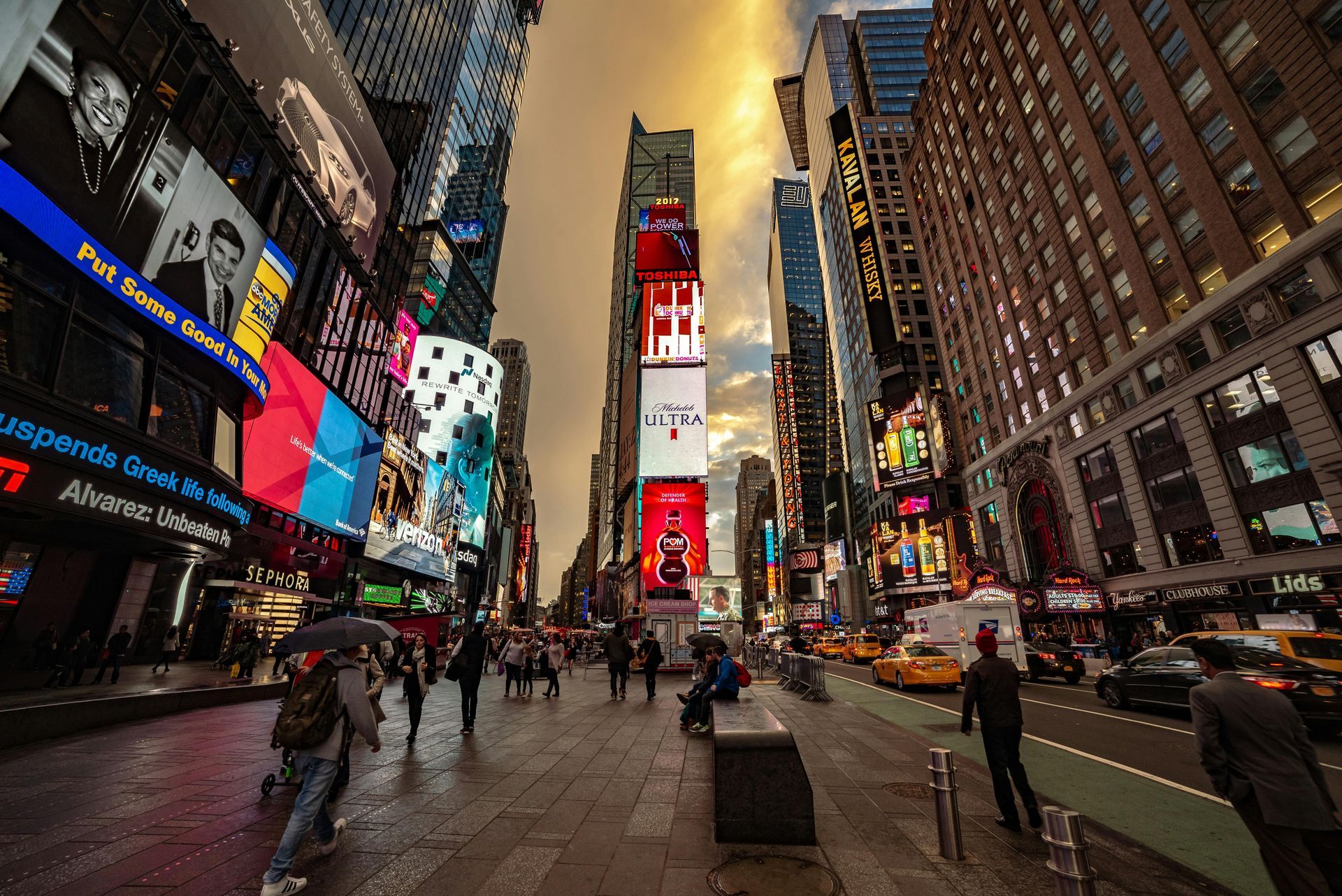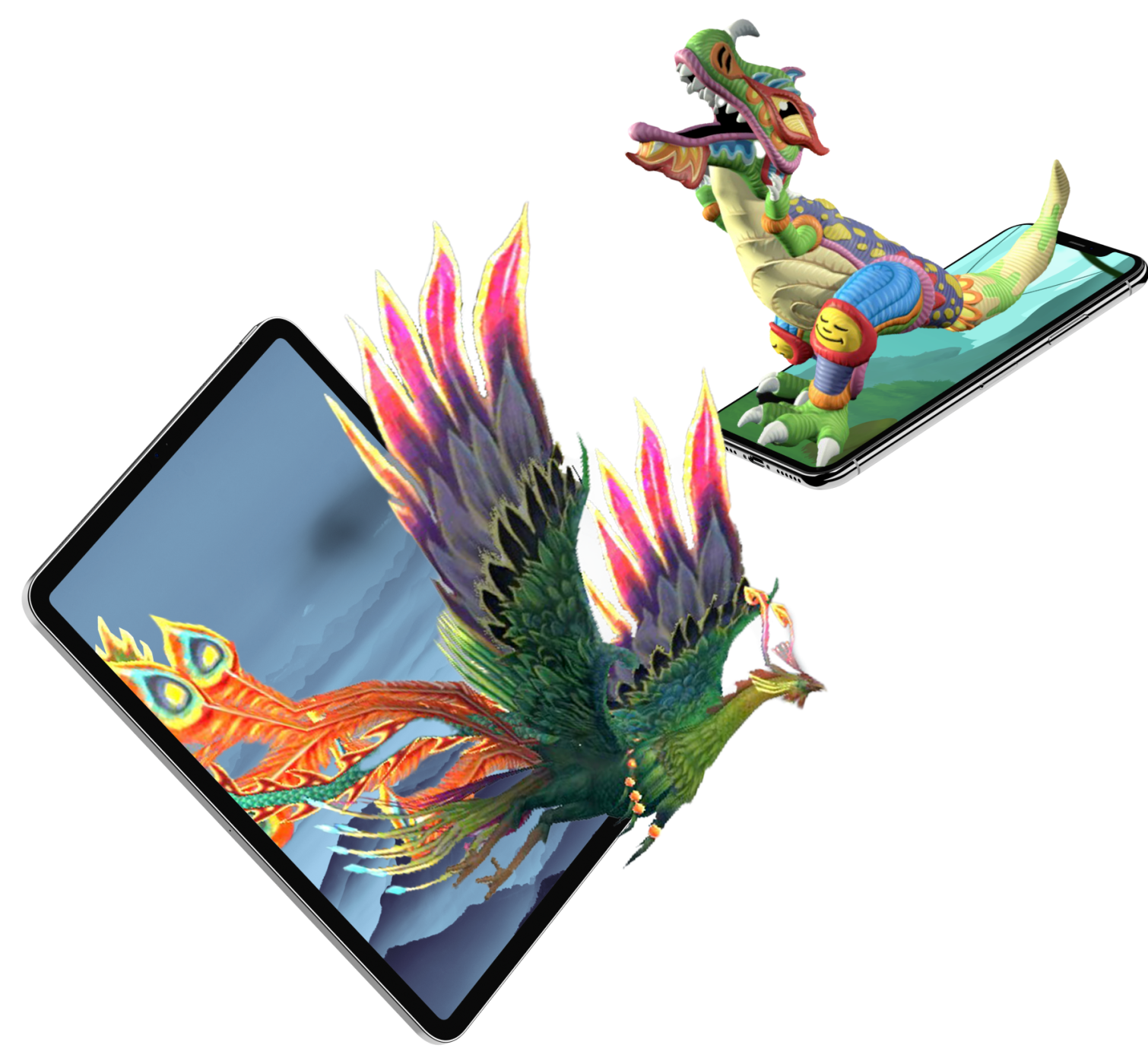Get Ready to Build 3D Apps for Apple Vision Pro

Introduction to Apple Vision Pro
Imagine the blend of augmented reality and cutting-edge 3D technology all packed into a sleek device; that's Apple Vision Pro for you. As developers and tech enthusiasts, the opportunity to create 3D apps for such a revolutionary product is thrilling.
Exploring the Capabilities
Understanding the Hardware
Apple Vision Pro isn't just another tech gadget; it's a powerhouse of high-performance hardware designed to handle complex 3D rendering and real-time processing.
Embracing the Software Possibilities
The software ecosystem for Apple Vision Pro is robust and diverse, offering developers the tools they need to create, innovate, and redefine the 3D app experience.
Impact on Various Industries
From gaming to education, and beyond, the influence of Apple Vision Pro's 3D capabilities is set to be monumental across multiple sectors.
Step-by-Step Guide to Building 3D Apps
Setting Up Your Development Environment
Before diving into the creation of your 3D masterpiece, it's crucial to set up your development environment correctly.
Designing Your First 3D App
Choosing the Right Features
Select features that will not only showcase the capabilities of the Apple Vision Pro but also provide value to your users.
Design Tips for Apple Vision Pro
Designing for the Apple Vision Pro requires a good balance between aesthetics and functionality.
Development and Testing
Writing the Code
Now comes the coding phase, where you'll bring your design to life with lines of code.
Testing Your App
A crucial step in app development is rigorous testing to ensure everything runs smoothly.
Optimization for Apple Vision Pro
Optimize your app to take full advantage of the unique hardware and software capabilities of Apple Vision Pro.
Maximizing the User Experience
User Interface Design
The user interface (UI) of your app should be intuitive and engaging.
User Interaction and Engagement
Creating an immersive experience is key to retaining users.
Accessibility Features
Make sure your app is accessible to all users, including those with disabilities.
Marketing Your 3D App
Understanding the Market
Know your audience and the competitive landscape to position your app effectively.
Effective Marketing Strategies
Develop a marketing strategy that highlights the unique aspects of your 3D app.
Leveraging Social Media
Use social media platforms to create buzz and engage with potential users.
Creating a Compelling App Store Listing
Your App Store listing is your storefront; make it count.
Future Possibilities
Predictions for Apple Vision Pro and 3D Apps
Let's look into the crystal ball and predict how Apple Vision Pro will shape the future of 3D apps.
Preparing for Future Updates
Stay ahead of the curve by preparing for future updates and iterations of the Apple Vision Pro.
Conclusion
Building 3D apps for Apple Vision Pro is not just about riding the wave of the latest tech; it's about creating experiences that resonate with users and stand the test of time.
FAQs
End with five unique frequently asked questions that provide additional value and information to the reader.
Get Ready to Build 3D Apps for Apple Vision Pro
Introduction to Apple Vision Pro
In a world where technology evolves at lightning speed, Apple Vision Pro emerges
TALK TO A PRO
We're here to bring your brand to life!
Stay Connected with BrandXR
Create Augmented Reality for Free!
Create, Publish, and Measure 3D Augmented Reality Experiences Without Having to Code.














